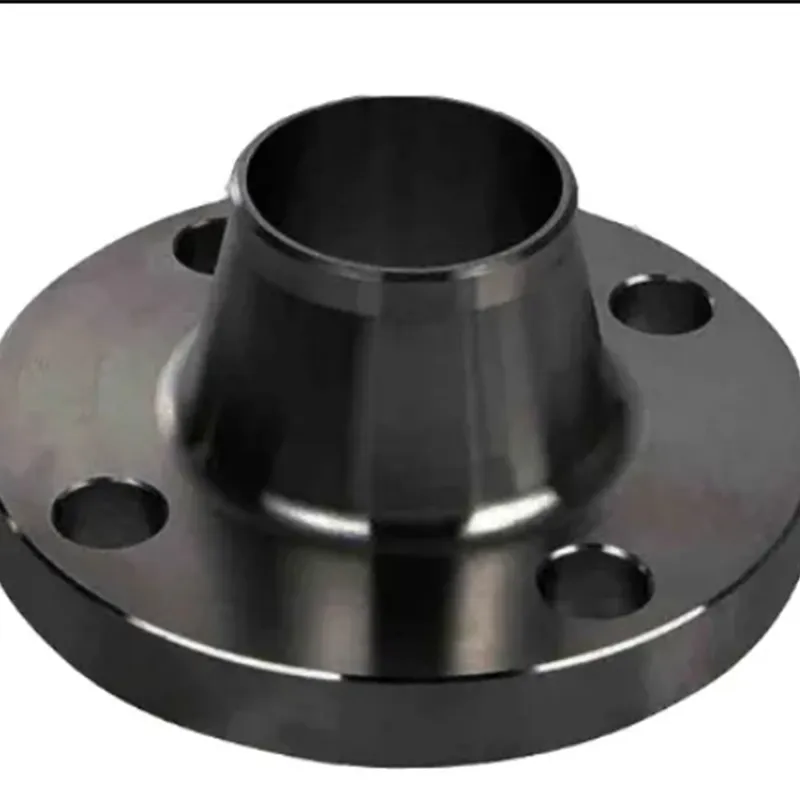-
Cangzhou Yulong Steel Co., Ltd.
-
Phone:
+86 13303177267 -
Email:
admin@ylsteelfittings.com
- English
- Arabic
- Italian
- Spanish
- Portuguese
- German
- kazakh
- Persian
- Greek
- French
- Russian
- Polish
- Thai
- Indonesian
- Vietnamese
- Zulu
- Korean
- Uzbek
- Hindi
- Serbian
- Malay
- Ukrainian
- Gujarati
- Haitian Creole
- hausa
- hawaiian
- Hebrew
- Miao
- Hungarian
- Icelandic
- igbo
- irish
- Japanese
- Javanese
- Kannada
- Khmer
- Rwandese
- Afrikaans
- Albanian
- Amharic
- Armenian
- Azerbaijani
- Basque
- Belarusian
- Bengali
- Bosnian
- Bulgarian
- Catalan
- Cebuano
- China
- China (Taiwan)
- Corsican
- Croatian
- Czech
- Danish
- Esperanto
- Estonian
- Finnish
- Frisian
- Galician
- Georgian
- Kurdish
- Kyrgyz
- Lao
- Latin
- Latvian
- Lithuanian
- Luxembourgish
- Macedonian
- Malgashi
- Malayalam
- Maltese
- Maori
- Marathi
- Mongolian
- Myanmar
- Nepali
- Norwegian
- Norwegian
- Occitan
- Pashto
- Dutch
- Punjabi
- Romanian
- Samoan
- Scottish Gaelic
- Sesotho
- Shona
- Sindhi
- Sinhala
- Slovak
- Slovenian
- Somali
- Sundanese
- Swahili
- Swedish
- Tagalog
- Tajik
- Tamil
- Tatar
- Telugu
- Turkish
- Turkmen
- Urdu
- Uighur
- Welsh
- Bantu
- Yiddish
- Yoruba

Dec . 05, 2024 19:02 Back to list
Understanding the Functionality and Applications of CS Concentric Reducers in Piping Systems
Understanding CS Concentric Reducers An In-Depth Exploration
Concentric reducers are an essential component in piping systems, particularly in industries that require efficient fluid transportation, such as oil and gas, water treatment, and chemical manufacturing. Among the various types of reducers available, carbon steel (CS) concentric reducers are favored for their strength and durability. This article delves into what a CS concentric reducer is, its applications, advantages, and specifications.
What is a CS Concentric Reducer?
A CS concentric reducer is a pipe fitting used to connect two sections of piping with different diameters while maintaining a consistent centerline. Unlike eccentric reducers, which are offset and create a level top or bottom, concentric reducers taper uniformly from a larger to a smaller diameter, ensuring a smooth transition in flow direction. This design minimizes turbulence and pressure loss, which is crucial in maintaining efficient fluid flow.
Applications of CS Concentric Reducers
CS concentric reducers are widely used across several industries due to their versatile nature. Common applications include
1. Oil and Gas Industry In this sector, the transfer of hydrocarbons often requires reliable fittings to withstand high pressures and corrosive environments. CS concentric reducers are used in pipelines to facilitate seamless transitions between different pipe sizes, ensuring the safe transport of crude oil and natural gas.
2. Water Treatment Plants In water treatment facilities, concentric reducers play a vital role in managing varying flow rates and pipe sizes. They help in reducing the size of pipes down to the distribution levels that serve residential and industrial users.
3. Chemical Manufacturing The chemical industry benefits from the robust nature of CS concentric reducers as they handle a variety of chemicals under different pressures and temperatures. These reducers ensure that the flow remains consistent and controllable throughout the process.
Advantages of Using CS Concentric Reducers
The choice of carbon steel for concentric reducers offers several benefits
1. Strength and Durability Carbon steel is known for its high tensile strength and resistance to wear and tear. These properties make CS concentric reducers suitable for high-pressure applications and harsh environments.
cs concentric reducer

2. Cost-Effectiveness Compared to other materials like stainless steel, carbon steel concentric reducers are more affordable, making them an economical choice for large-scale projects.
3. Versatile Fabrication Carbon steel can be easily fabricated into various shapes and sizes, providing flexibility in design and adaptability to different piping systems.
4. Weldability CS concentric reducers can be welded to pipes without significant challenges, ensuring a tight and leak-proof connection.
5. Corrosion Resistance Although carbon steel is susceptible to rust, proper coating and maintenance can enhance its resistance to corrosion, especially when used in non-corrosive environments.
Specifications of CS Concentric Reducers
When selecting a CS concentric reducer, several specifications should be considered
- Size and Schedule The reducer should match the intended pipe sizes and schedules to ensure compatibility and performance.
- Pressure Rating Knowing the maximum pressure the reducer will withstand is crucial for operational safety. Typically, this is defined by the ASME B16.9 and B16.5 standards.
- End Type Concentric reducers can have various end types, including welded and threaded options, depending on the system needs.
- Material Grade Common grades of carbon steel include ASTM A234 and ASTM A105. The choice of grade impacts the reducer's performance and lifespan in specific environments.
Conclusion
CS concentric reducers are essential components in numerous piping systems, providing a reliable solution for connecting pipes of different diameters. Their strength, cost-effectiveness, and versatility make them a popular choice in various industries, from oil and gas to chemical manufacturing. Understanding their applications and specifications allows engineers and project managers to make informed decisions, ensuring the efficiency and safety of fluid transportation systems. With advances in engineering and materials science, the future of CS concentric reducers looks promising, paving the way for even more innovative applications.
Latest news
-
ANSI 150P SS304 SO FLANGE
NewsFeb.14,2025
-
ASTM A333GR6 STEEL PIPE
NewsJan.20,2025
-
ANSI B16.5 WELDING NECK FLANGE
NewsJan.15,2026
-
ANSI B16.5 SLIP-ON FLANGE
NewsApr.19,2024
-
SABS 1123 FLANGE
NewsJan.15,2025
-
DIN86044 PLATE FLANGE
NewsApr.19,2024
-
DIN2527 BLIND FLANGE
NewsApr.12,2024
-
JIS B2311 Butt-Welding Fittings LR/SR 45°/90° /180°Seamless/Weld
NewsApr.23,2024











